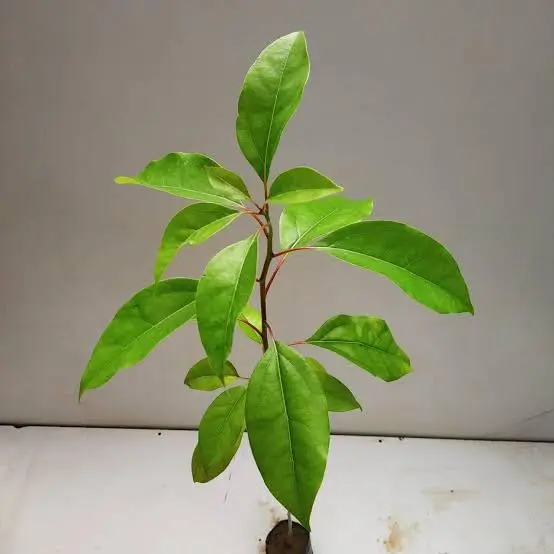Kapur Plant
Common Name(s): Camphor Tree, Camphorwood, Camphor laurel • Bengali: Karpur • Hindi: कपूर Kapur • Kannada: Chandara, Davala, Dhavala, Kappara, Kapura • Malayalam: Chutakkarpuram, Ghanarasam, Himamsu, Himavaluka • Manipuri: Karpura • Marathi: कपूरा Kapoora • Nepali: कपुर Kapur • Oriya: ramokorpuro • Sanskrit: Chandraprabha, Chandrahba, Gandhadravya • Tamil: Chukantamaram • Telugu: Chandramu, Chandrasanguyamu • Urdu: Kafoor
Botanical Name: Cinnamomum camphora
Description
The Kapur plant, scientifically known as *Cinnamomum camphora*, is a large evergreen tree native to East Asia, particularly found in regions like Taiwan and Japan. It is renowned for its aromatic camphor oil, extracted from its wood and leaves, which has various applications in traditional medicine, aromatherapy, and as a natural insect repellent. The tree can grow up to 30 meters tall and features glossy, dark green leaves and small yellowish flowers. Kapur wood is also valued for its durability and resistance to decay, making it a popular choice for furniture and construction. Its cultural significance spans various Asian traditions.
Plant description:
Key Features & Benefits
- Growth Habit: Tree
- Evergreen
- Flowering
- Medicinal / Ornamental / Air-Purifying
- Attracts Pollinators (Bees, Butterflies, Birds)
- Fragrance / Aesthetic Appeal
Plant Care & Requirements
Sunlight: Full Sun
Watering: Regular
Soil Type: Well-drained
Fertilization: Once a month
Growth Rate: Slow
Uses
- Ornamental Landscaping
- Outdoor
- Medicinal / Ayurvedic Uses
- Air Purification
- Religious / Cultural Significance
Best Season for Planting: Throught Year
